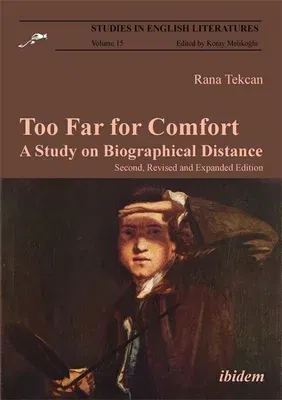Rana Tekcan
(Author)Too Far for Comfort: A Study on Biographical DistancePaperback, 1 August 2015

Qty
1
Turbo
Ships in 2 - 3 days
In Stock
Free Delivery
Cash on Delivery
15 Days
Free Returns
Secure Checkout

Part of Series
Studies in English Literatures
Print Length
186 pages
Language
English
Publisher
Ibidem Press
Date Published
1 Aug 2015
ISBN-10
3838207351
ISBN-13
9783838207353
Description
Product Details
Author:
Book Format:
Paperback
Country of Origin:
US
Date Published:
1 August 2015
Dimensions:
20.57 x
14.73 x
1.27 cm
ISBN-10:
3838207351
ISBN-13:
9783838207353
Language:
English
Location:
New York
Pages:
186
Publisher:
Weight:
204.12 gm